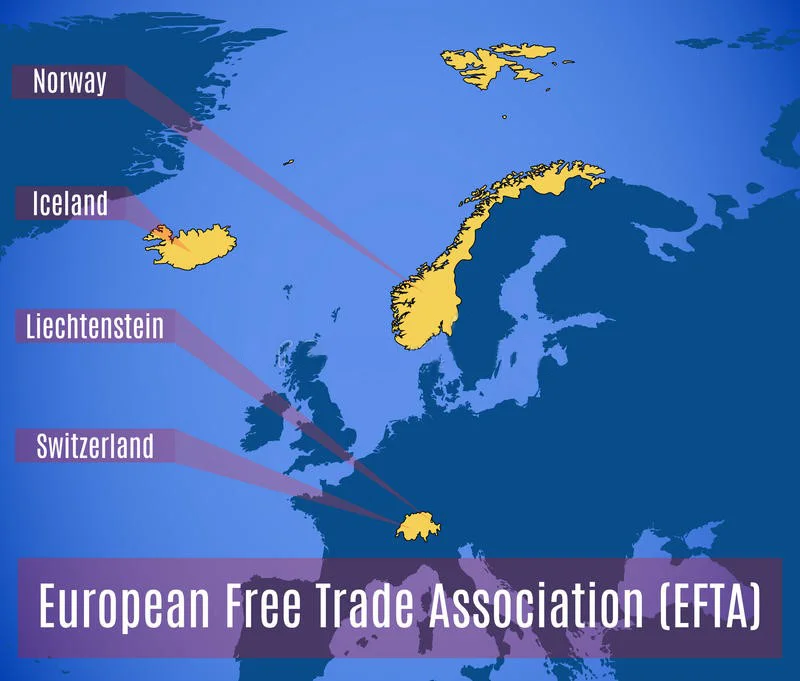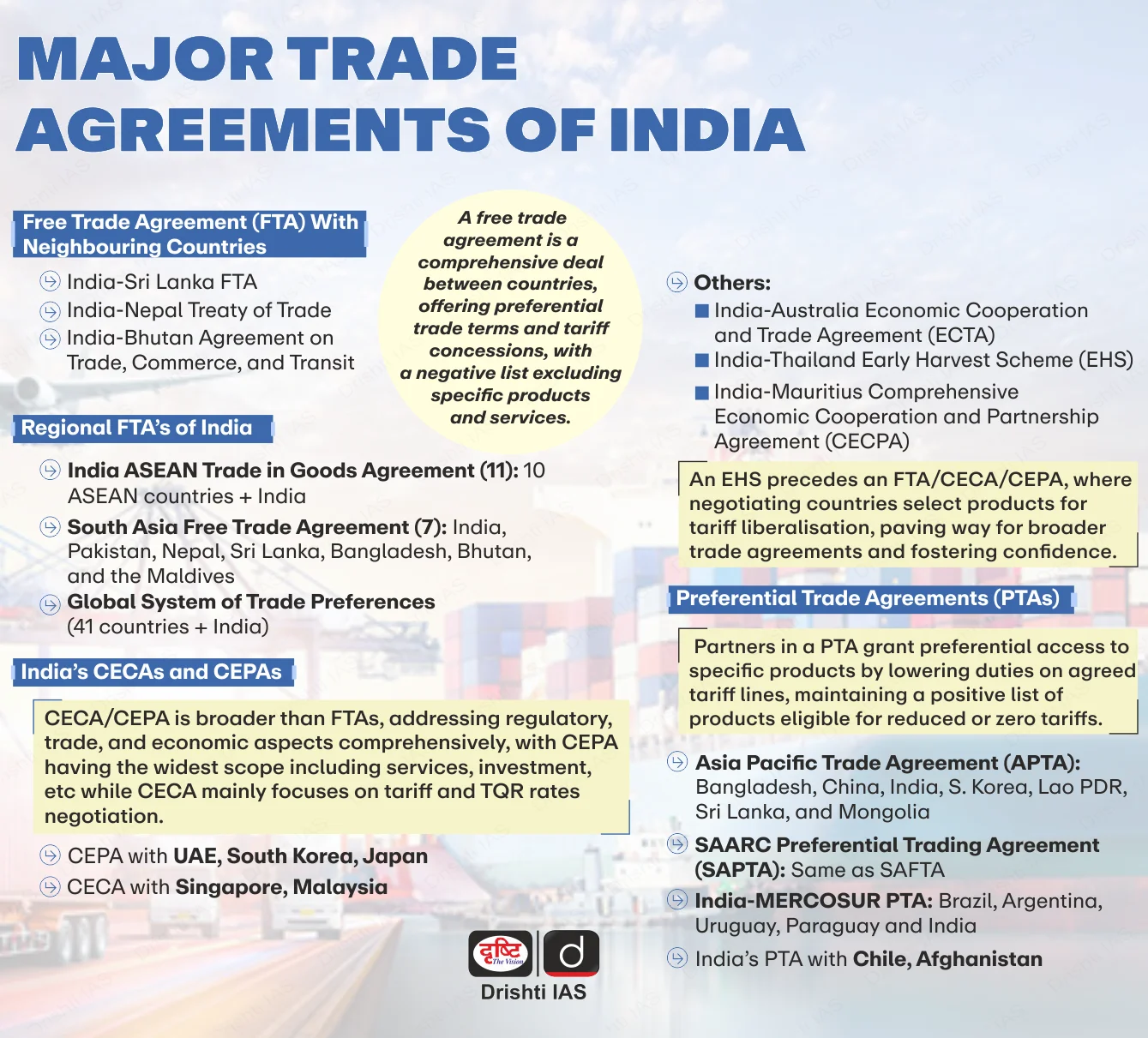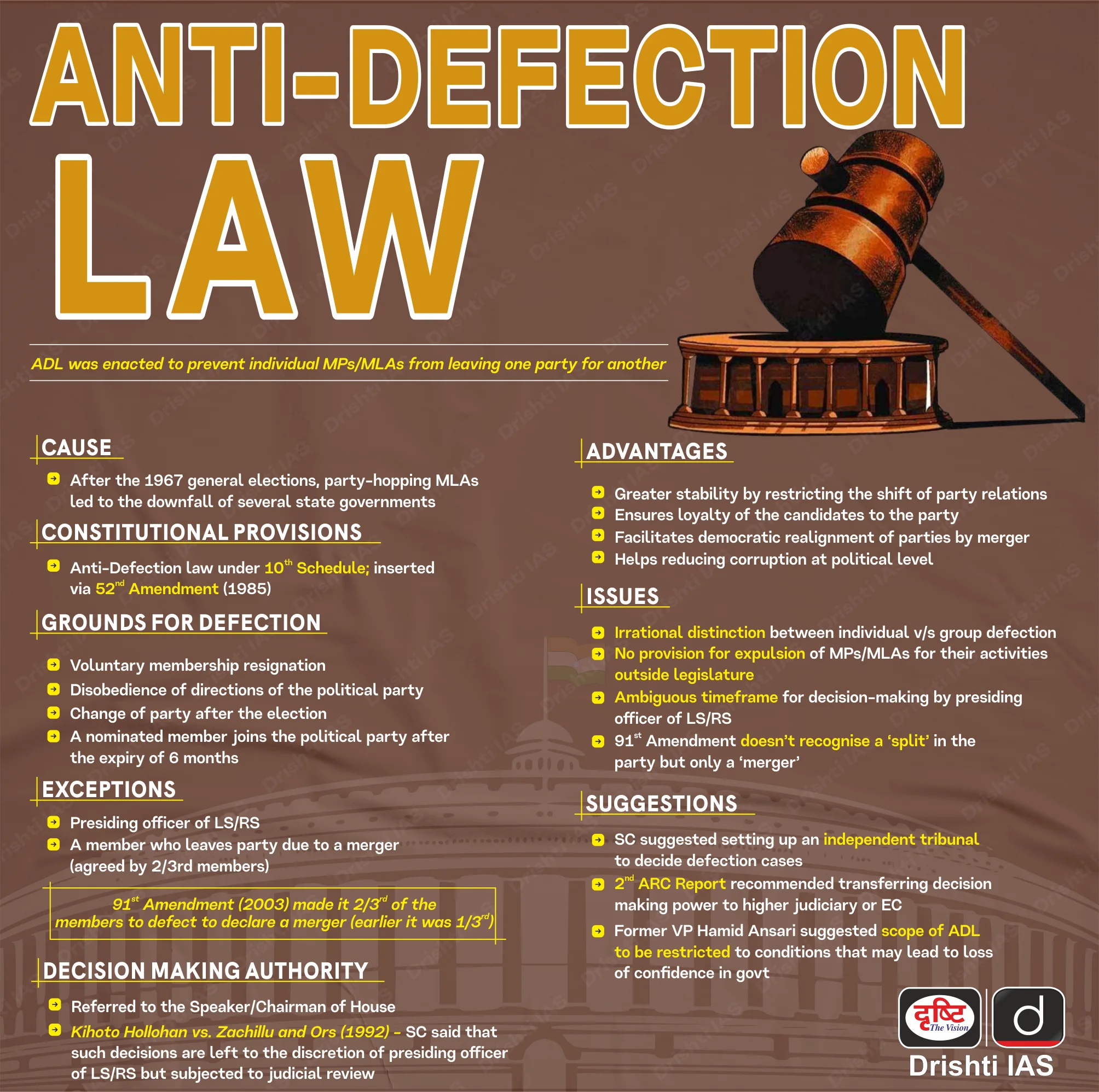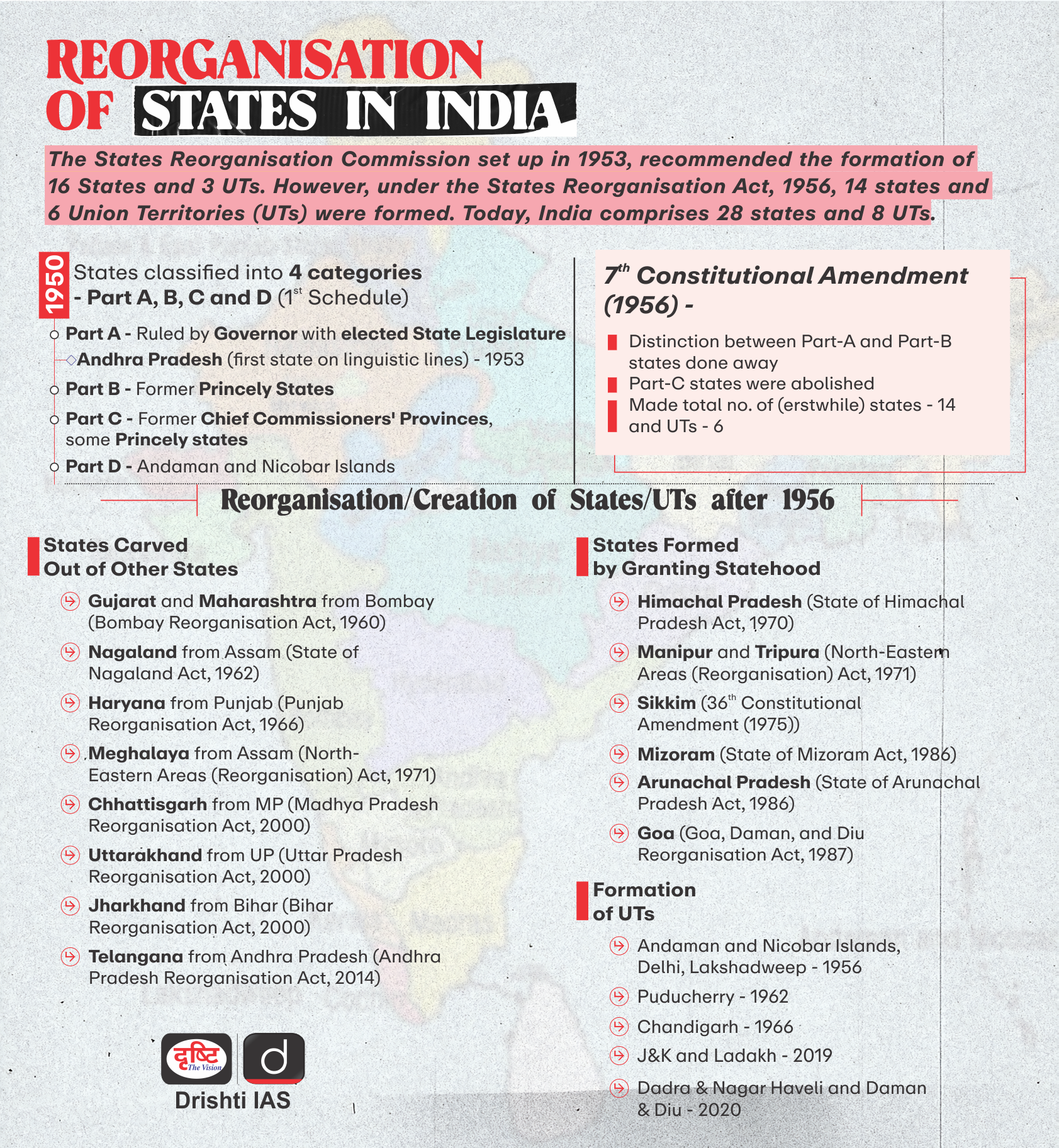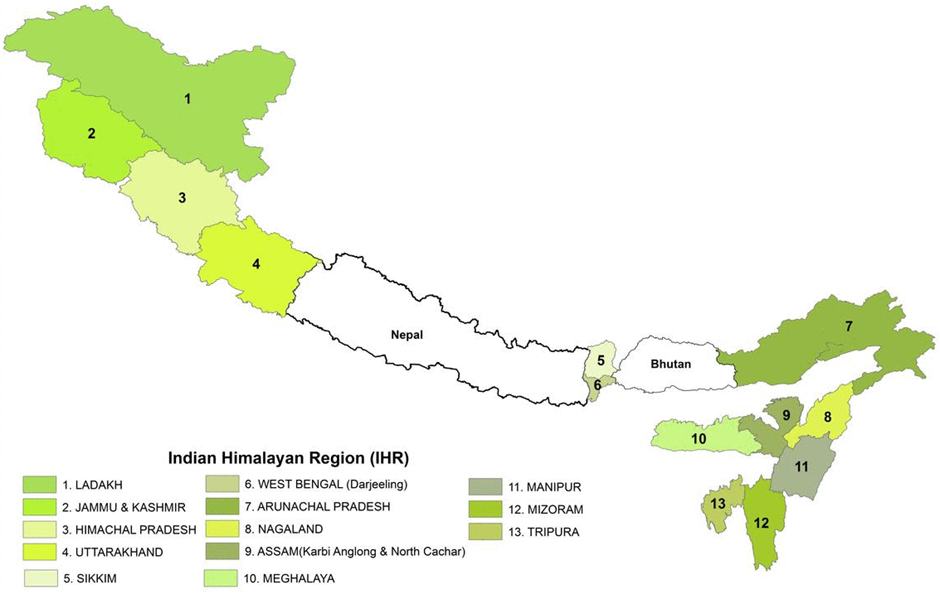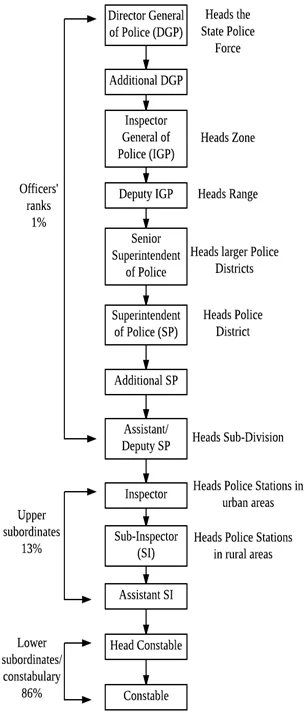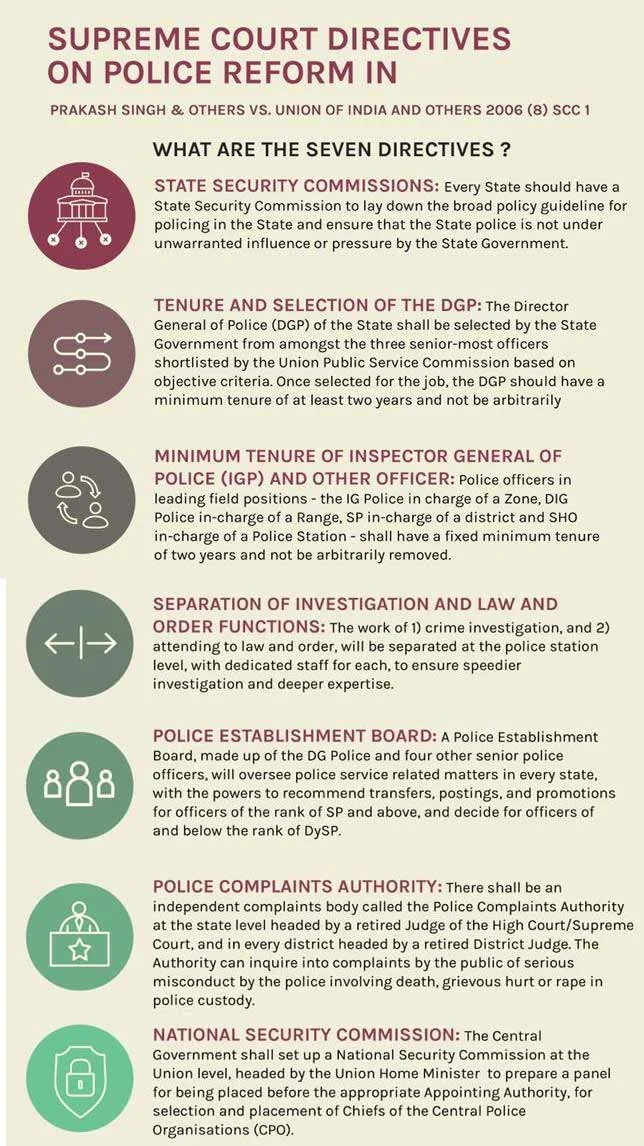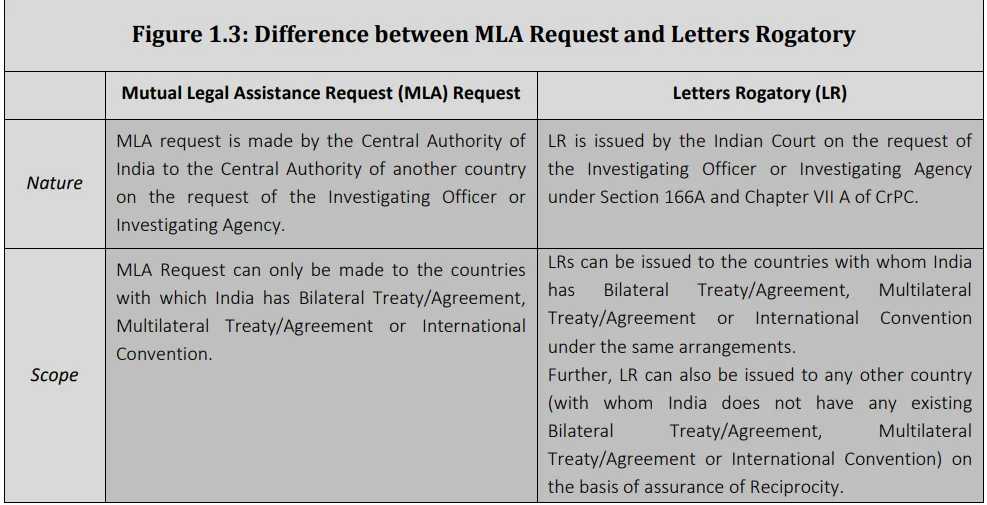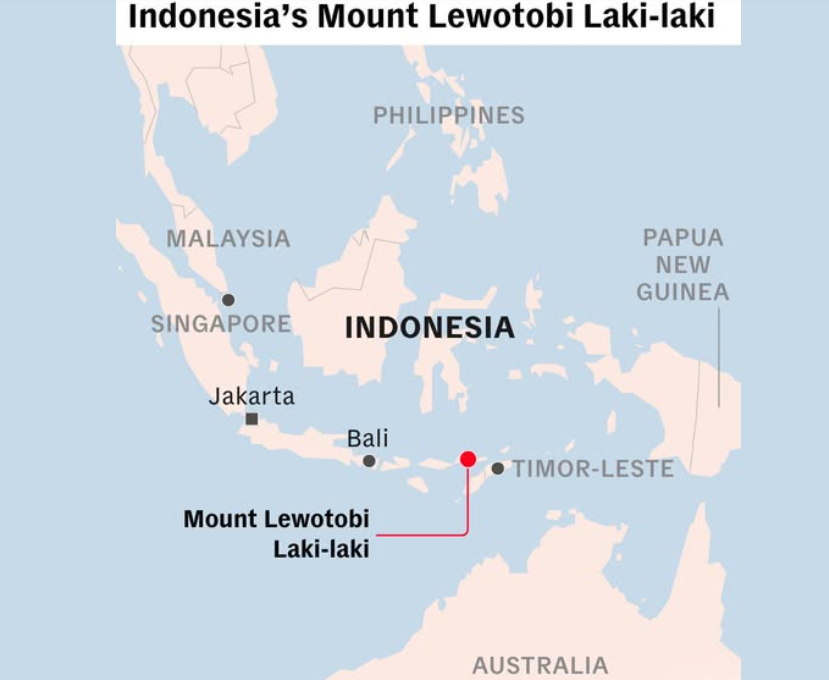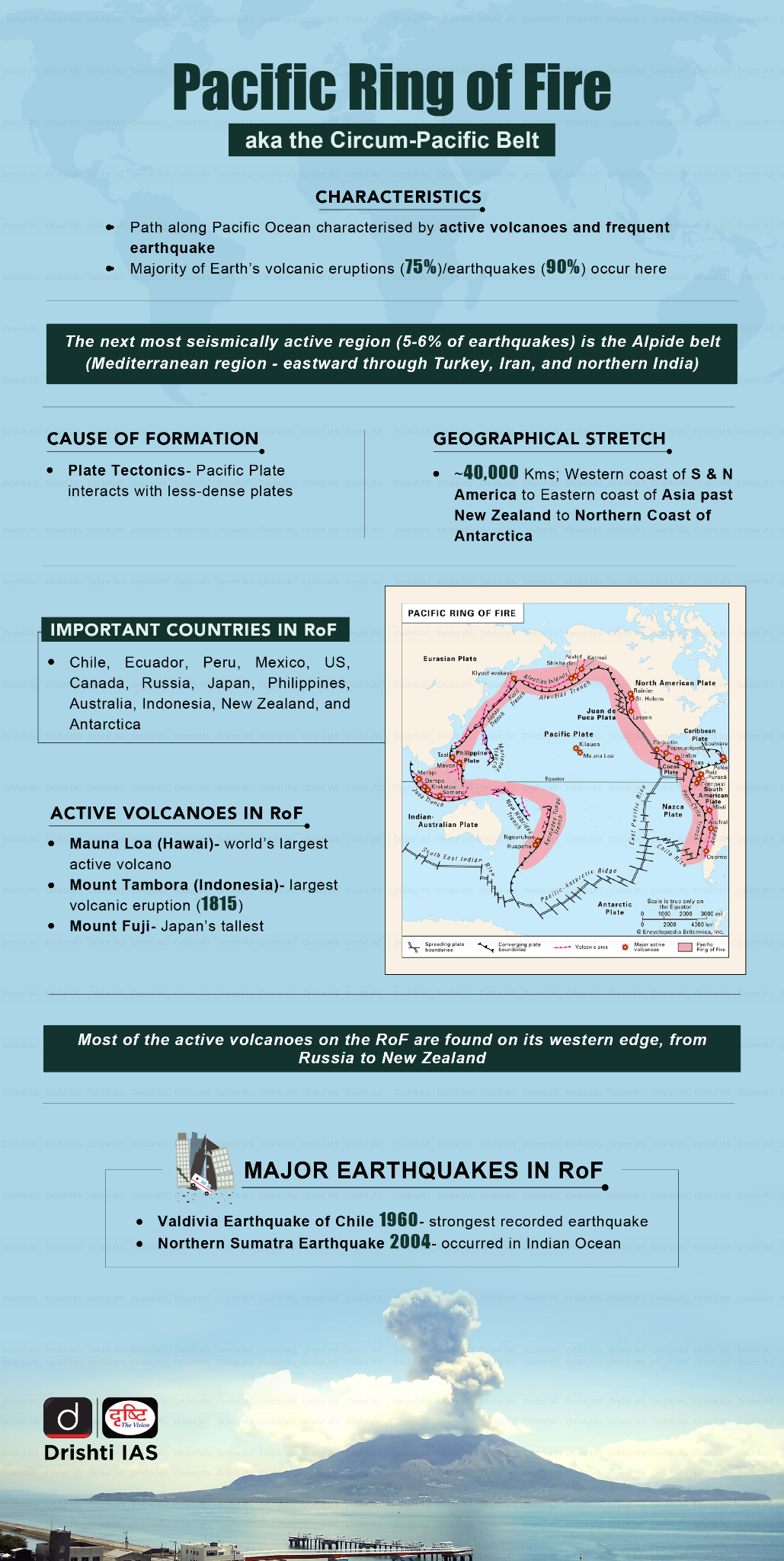International Relations
India-EFTA Trade and Economic Partnership Agreement
For Prelims: Trade and Economic Partnership Agreement, European Free Trade Association, Data exclusivity, Intellectual Property Rights, India-Norway Task Force on Blue Economy for Sustainable Development.
For Mains: Key Developments in India’s Economic Diplomacy, India and EFTA Relations.
Why in News?
The Union Minister of Commerce and Industry of India has announced that the Trade and Economic Partnership Agreement (TEPA) between India and the European Free Trade Association (EFTA) nations will come into force on 1st October 2025.
What are the Key Highlights of TEPA?
- About: The Trade and Economic Partnership Agreement (TEPA) between India and the EFTA (Iceland, Liechtenstein, Norway, Switzerland) was signed on 10th March 2024 after 21 rounds of negotiations since 2008.
- It aims to boost trade, attract investment, and create employment by reducing tariffs and non-tariff barriers.
- Objective: To ensure fair, transparent, and predictable market access for service providers and investors.
- It also enhances customs cooperation, trade procedures, IPR protection, and dispute resolution.
- Key Highlights of the Agreement:
- Strategic Investment Commitment: EFTA will invest USD 100 billion in India over 15 years, USD 50 billion in the first 10 years and another USD 50 billion in the next 5, to create 1 million jobs.
- Market Access & Tariff Concessions:
- EFTA offers 92.2% tariff lines, covering 99.6% of India’s exports (non-agricultural and processed agri-goods).
- India offers 82.7% tariff lines, covering 95.3% of EFTA exports, including gold (no change in effective duty).
- Indian rice (basmati and non-basmati) to get duty-free access without reciprocity.
- Safeguards & Exclusions: Sensitive sectors like dairy, soya, coal, and PLI-linked sectors are excluded. Sovereign wealth funds are exempted from FDI obligations.
- Services & Mobility: Supports Indian services in IT, education, culture, and sports. Enables Mutual Recognition Agreements (MRAs) in nursing, accountancy, and architecture.
- Legal Framework & IP Protection: Covers 14 chapters. India can withdraw tariff concessions if investment targets aren’t met. Generic drug production is protected; evergreening of patents addressed.
What is the European Free Trade Association (EFTA)?
- About: The European Free Trade Association (EFTA) is an intergovernmental organisation comprising Iceland, Liechtenstein, Norway, and Switzerland (all 4 are not a part of the European Union).
- It was established in 1960 under the Stockholm Convention to promote free trade and economic integration among member states and global partners.
- India-EFTA Trade Relations:
- Trading Partner: India is EFTA’s 5th-largest trading partner after the EU, US, UK, and China, with total two-way trade of USD 24.4 billion in 2024–25.
- Switzerland remains India's largest trading partner within EFTA, while trade with Iceland, Liechtenstein, and Norway remains relatively limited.
- Export & Imports: India exported goods worth USD 1.96 billion to EFTA nations and imported goods worth USD 22.45 billion, resulting in a significant trade deficit.
- Major imports from EFTA include gold (USD 20.7 billion in 2021–22), silver, coal, pharmaceuticals, vegetable oil, medical equipment, and dairy machinery.
- Key exports to EFTA comprise chemicals, iron and steel, gold, precious stones, yarns, sports goods, glassware, and bulk drugs.
- India-EFTA Desk: India and the EFTA launched the India-EFTA Desk to strengthen economic ties and facilitate investments under the TEPA.
- It is a dedicated investment facilitation mechanism established by Invest India to serve as a single-window platform for businesses from the EFTA nations to invest in India.
- Trading Partner: India is EFTA’s 5th-largest trading partner after the EU, US, UK, and China, with total two-way trade of USD 24.4 billion in 2024–25.
What are the Key Challenges Related to India- EFTA Relations?
- Persistent Trade Deficit: India has a large trade deficit with EFTA, mainly due to gold imports from Switzerland.
- Data Exclusivity & Public Health: EFTA’s demand for data exclusivity in pharma could hinder India’s generic drug production. India opposes it to protect public health and domestic industry.
- IPR Concerns under TEPA: TEPA’s IPR provisions may weaken India’s patent safeguards by affecting pre-grant opposition and local manufacturing requirements, raising concerns over transparency and access to affordable medicines.
Way Forward
- Mitigate Trade Deficit: Encourage value-added exports from India and diversify the trade basket to reduce dependency on gold imports and narrow the trade imbalance.
- Capacity Building & Sustainability: Use EFTA’s expertise in sustainability, clean technologies, and innovation to strengthen India's green transition and skilling ecosystem.
- Balanced IPR Framework: Ensure that Intellectual Property provisions safeguard innovation without undermining public health needs, especially India’s robust generic drug industry.
- Leverage India–EU FTA Momentum: Build on the ongoing India–EU FTA negotiations (targeted for 2025) to enhance regulatory alignment, address Non Tariff Barriers (NTBs), and foster resilient supply chains, strengthening India’s global trade positioning.
|
Drishti Mains Question : The India- EFTA (European Free Trade Association) Agreement stands as a potential game-changer for both parties, promising economic growth, job opportunities, and strengthening bilateral relations. Comment. |
UPSC Civil Services Examination, Previous Year Questions (PYQs)
Prelims:
Q1. Consider the following countries: (2018)
- Australia
- Canada
- China
- India
- Japan
- USA
Which of the above are among the ‘free-trade partners’ of ASEAN?
(a) 1, 2, 4 and 5
(b) 3, 4, 5 and 6
(c) 1, 3, 4 and 5
(d) 2, 3, 4 and 6
Ans: C
Q2. ‘Broad-based Trade and Investment Agreement (BTIA)’ is sometimes seen in the news in the context of negotiations held between India and (2017)
(a) European Union
(b) Gulf Cooperation Council
(c) Organization for Economic Cooperation and Development
(d) Shanghai Cooperation Organization
Ans: A
Indian Polity
Anti-Defection Law
For Prelims: Tenth Schedule, Judicial review, Supreme Court, Speaker , Members of Legislative Assembly,
For Mains: Anti-Defection Law, Statutory, regulatory, and various quasi-judicial bodies, Separation of powers between various organs, Amendments.
Why in News?
The Supreme Court (SC) of India, in the case of Padi Kaushik Reddy v. The State of Telangana (2025), criticized the Telangana Assembly Speaker for the delayed decisions on disqualification petitions against Members of Legislative Assembly (MLAs) who defected in 2024.
- The SC set a three-month deadline for the Speaker to conclude the proceedings, reigniting a larger debate on the effectiveness of India’s anti-defection law.
Note: Defection means a conscious abandonment of party allegiance or duty.
What is the Anti-Defection Law?
- About: In post-Independence India, frequent defections led to political instability. The phrase “Aaya Ram, Gaya Ram” became popular in the 1960s after a Haryana MLA switched parties multiple times in a single day.
- To address this issue, the Anti-Defection Law was introduced as the Tenth Schedule to the Constitution through the 52nd Constitutional Amendment, 1985.
- It aimed to stop political defections for personal gain. It applies to both Parliament and State Assemblies.
- The 91st Amendment Act (2003) amended the anti-defection law by scrapping the one-third split provision, allowing mergers only if two-thirds of a party’s members agreed, and disqualifying defectors from holding ministerial or paid political posts until they are re-elected.
- To address this issue, the Anti-Defection Law was introduced as the Tenth Schedule to the Constitution through the 52nd Constitutional Amendment, 1985.
- Grounds for Disqualification: Voluntarily give up party membership (can be inferred from conduct, not just resignation).
- Voting or abstaining from voting against the party whip can lead to disqualification.
- A legislator can further be disqualified if he is an independently elected member and joins a political party.
- A nominated member is disqualified if they join a political party after six months of becoming a legislator.
- Exceptions to Disqualification: A party can merge with another if two-thirds of its legislators agree, with no disqualification for those who merge or stay.
- No disqualification for Speaker/Chairman/Deputy Chairman resigning from the party to remain neutral.
- Role of the Presiding Officer: Disqualification cases are decided by the Speaker/Chairman.
What are the Criticisms of the Anti-Defection Law?
- Curb on Dissent: It restricts legislators from voting based on their conscience or representing their constituents if it goes against the party line.
- Party leaders can suppress internal debate by threatening disqualification, discouraging free expression within parties.
- Speaker’s Bias: The Speaker, often from the ruling party, decides disqualification cases, raising concerns about neutrality and delays.
- No Fixed Time Limit: There’s no legally binding time frame for the Speaker to decide on disqualification cases, allowing for strategic delays.
- Horse Trading: Defection is allowed if two-thirds of a party's members agree to switch sides. This enables opportunistic and unethical mergers or splits, encourages horse trading and weakens political stability.
- Lack of Transparency in Party Whips: Party whips are issued to ensure party discipline, but their communication is often opaque, leading to disputes over whether members were properly informed, especially in crucial votes.
What has been the Supreme Court’s Stance on Anti-Defection Case?
- Timely Decision: In Keisham Meghachandra Singh vs The Hon’ble Speaker Manipur Legislative Assembly & Ors (2020), the SC directed Speakers to decide defection cases within 3 months and suggested an independent tribunal to ensure neutrality and speed.
- The SC noted that delaying disqualification proceedings violates the intent of Tenth Schedule and undermines trust in the Speaker’s office by failing to uphold the standard of timely decision-making.
- Speaker’s Neutral Role: The SC in Ravi S. Naik v. Union of India (1994) held that the Speaker should act as a neutral adjudicator, not influenced by political affiliations.
- This judgment also clarified that an MP/MLA can be disqualified even without formally resigning from their party.
- Judicial Review: In Kihoto Hollohan vs Zachillhu (1992), the SC ruled that the Speaker’s decisions are subject to judicial review.
- This means Courts can intervene in the Speaker’s decision if there’s mala fide intent, procedural lapse, or constitutional violation, ensuring fairness and transparency.
- Call for Reforms: The SC in Padi Kaushik Reddy v The State of Telangana (2025) urged Parliament to review the Speaker’s role in defection cases and called for reforms to ensure the anti-defection law is timely and fair.
How Can India Strengthen its Anti-Defection Law?
- Limit the Law’s Scope: Apply disqualification only to votes that affect government stability, like no-confidence motions or budget votes, to protect independent thinking.
- Shift Decision-Making Power: Transfer the authority to decide disqualification cases from the Speaker to an independent body (like the Election Commission), to reduce political bias.
- The 2nd Administrative Reforms Commission (ARC) recommended that defection cases be decided by the President or Governor on Election Commission's advice.
- Set a Clear Time Limit: Introduce a strict deadline for deciding defection cases to prevent delays and misuse.
- Promote Intra-Party Democracy: Encourage internal party debates and reduce top-down decision-making, as recommended by the 170th Law Commission Report.
- Stronger Enforcement and Transparency: As recommended by committees like the Dinesh Goswami Committee (1990), Hashim Abdul Halim Committee (1994), and the Law Commission Reports (1999 & 2015), defection proceedings should be made time-bound, transparent, and open to public scrutiny to build trust, ensure accountability, and prevent misuse of the Anti-Defection Law.
- Transparency in Issuing Whips: Mandate public notice of party whips through newspapers or electronic communication.
- This ensures all members are adequately informed and disputes over party directives can be more easily resolved.
|
Drishti Mains Question: Critically evaluate the effectiveness of the Anti-Defection Law in curbing political opportunism. |
UPSC Civil Services Examination, Previous Year Questions (PYQ)
Prelims:
Q. Which one of the following Schedules of the Constitution of India contains provisions regarding anti-defection? (2014)
(a) Second Schedule
(b) Fifth Schedule
(c) Eighth Schedule
(d) Tenth Schedule
Ans: (d)
Mains:
The role of individual MPs (Members of Parliament) has diminished over the years and as a result healthy constructive debates on policy issues are not usually witnessed. How far can this be attributed to the anti-defection law which was legislated but with a different intention? (2013)
Indian Polity
Linguistic Reorganisation of States
For Prelims: Eighth Schedule, Reorganisation of states, Potti Sreeramulu, Bhashini
For Mains: Federalism and Linguistic Reorganisation, Role of Language in Indian Polity and Nation Building
Why in News?
The Tamil Nadu Governor's criticism of India’s linguistic reorganisation of states has reignited the debate over the divisive nature of linguistic-based state creation, despite its role in maintaining India’s unity.
What is the Background of the Reorganisation of States in India?
- Initial State Classification (1950-1956): At independence, India inherited colonial-era boundaries with little coherence. The Constitution of 1950 classified states into four types: Part A (British provinces), Part B (princely states), Part C (smaller and chief commissioners' provinces), and Part D (Andaman & Nicobar).
- This temporary setup soon led to demands for a more rational reorganisation.
- Demand for Linguistic States: The demand for states based on language and cultural identity grew, especially in South India.
- Sri Potti Sreeramulu’s death in 1952 after a hunger strike led to the creation of Andhra State (with coastal districts and Rayalaseema) in 1953 as the first linguistic state, carved out of Madras.
- Government Response: To handle growing demands, the India appointed:
- Linguistic Provinces Commission (Dhar Commission) (1948): Rejected language as a basis for states.
- JVP Committee (1949): The Committee, comprising Jawaharlal Nehru, Sardar Patel, and Pattabhi Sittaramaya, warned against linguistic reorganisation due to fears of disintegration. It prioritised national unity, security.
- States Reorganisation Commission (SRC) (Fazl Ali Commission) (1953): The SRC, headed by Justice Fazl Ali with H.N. Kunzru and K.M. Panikkar as members, submitted its report in 1955.
- It accepted language as a key factor but rejected the idea of 'one language, one state', stressing the importance of unity, security, and administrative, economic, and financial considerations.
- States Reorganisation Act (1956): Based on the SRC’s recommendations, the State Reorganisation Act of 1956 was enacted, reorganising India into 14 states and 6 Union Territories, and abolishing the old Part A, B, C, and D classifications.
- Later on many Indian states were carved out due to regional identity demands and the need for better administrative efficiency, economic development, and resource control.
What are the Arguments in Favour of and Against the Linguistic Reorganisation of States?
Arguments in Favour
- Cultural Accommodation within Federalism: Linguistic reorganisation respected India's vast cultural-linguistic diversity, aligning with democratic and pluralistic values.
- Helped integrate regional aspirations into the constitutional framework, preventing alienation.
- Defused Secessionist Tendencies: Scholars argue that linguistic pluralism helped contain secessionist tendencies, unlike in Pakistan (Bengali-West Pakistan conflict) and Sri Lanka (Sinhala-Tamil divide), where forced linguistic uniformity led to violent conflict.
- Linguistic Reorganisation Provided a safety valve for ethnic expression within the Indian Union.
- Administrative Efficiency: 2nd Administrative Reforms Commission (ARC) recognised linguistic homogeneity aiding local governance and policy communication.
- linguistic homogeneity facilitated education, judiciary, and bureaucracy in the regional language.
- Political Representation and Empowerment: Enabled the rise of strong regional parties which participated actively in national politics.
- Strengthened democratic decentralisation and electoral participation.
- Strengthened Unity through Diversity: The principle of "unity in diversity" was upheld by allowing states to celebrate their language and culture without threatening national cohesion.
Arguments Against
- Rise of Regionalism and Linguistic Chauvinism: An overemphasis on linguistic identity has, in some cases, led to the exclusion of linguistic minorities within states (e.g., non marathi speakers in Maharashtra).
- This raises the risk of majoritarianism, where dominant linguistic groups suppress minority voices.
- Politicization of linguistic identities by regional political parties often inflates the demands for separate states, capitalizing on the sentiments of local communities for political gain.
- Inter-State Tensions and Border Disputes: States like Maharashtra and Karnataka continue to dispute boundaries (e.g., Belagavi issue) rooted in linguistic claims.
- Administrative Overload: Constant demands for new linguistic or identity-based states (e.g., Tulu Nadu, Vidarbha) strain governance and national consensus.
- Weakening of National Identity: Critics argue that privileging regional identity could weaken the sense of pan-Indian nationalism, especially when state interests dominate national priorities.
What Should be India's Future Strategy for Language Policy?
- Promotion of Multilingualism: No language should be imposed. The Three-Language Formula should be applied flexibly, allowing states to promote their own languages in education and governance.
- Uphold constitutional recognition of linguistic identity through the Eighth Schedule. Implement the National Education Policy, 2020 more effectively, promoting early education in mother tongues and multilingualism.
- Enforce Articles 29 and 30 to safeguard the rights of linguistic minorities in education and culture.
- Inter-State Cultural Exchanges: Strengthen programs like 'Ek Bharat Shreshtha Bharat' to foster mutual respect across linguistic regions.
- Address Linguistic Exclusion Within States: Rising sub-nationalism and exclusion of linguistic minorities need redressal through inclusive language policies at the state level.
- Multilingual Administrative Systems: Encourage multilingual signage, forms, and official communication especially in linguistically diverse states.
- Promote Bhashini to make governance and digital content available in all Indian languages.
Conclusion
India’s future lies in a multilingual, consultative, and inclusive federalism. Language should unite, not divide. Policy reforms must balance cultural autonomy with national integration, using constitutional safeguards and modern tools like Bhashini. This ensures that India's federalism adapts with dignity and fairness to its vast diversity.
UPSC Civil Services Examination, Previous Year Question (PYQ)
Prelims:
Q. Which one of the following was given classical language status recently? (2015)
(a) Odia
(b) Konkani
(c) Bhojpuri
(d) Assamese
Ans: (a)
Mains:
Q. Has the formation of linguistic states strengthened the cause of Indian unity? (2016)
Facts for UPSC Mains
Towards Resilient Indian Himalayan Region
Why in News?
The Supreme Court of India has raised alarm over unchecked infrastructure development, unregulated tourism, and ecological degradation in Himachal Pradesh.
- It highlights the urgent need for sustainable, ecologically sensitive governance and climate-resilient development models to safeguard the Indian Himalayan region’s future.
Indian Himalayan Region
- The Indian Himalayan Region is stretching across 2500 km covers 13 Indian States/Union Territories (namely Jammu and Kashmir, Ladakh, Uttarakhand, Himachal Pradesh, Arunachal Pradesh, Manipur, Meghalaya, Mizoram, Nagaland, Sikkim, Tripura, Assam and West Bengal)
- It covers approximately 16.2% of India’s geographical area and supports over 50 million people directly.
- The vegetation ranges from tropical forests (in the foothills) to temperate forests (in the middle ranges) to alpine meadows (at higher altitudes).
- As the “Water Tower of India”, they feed 10 major rivers including the Ganga and Indus, sustaining agriculture and drinking water for over 600 million people.
- Ecologically, they host 3,160+ endemic plant species, rare fauna like the snow leopard, and span multiple climate zones.
- Economically, they support organic farming (e.g., Sikkim model), tourism contributing over 10% to hill states' GDP, and major hydropower projects like Arunachal’s 13,000 MW Lohit Basin initiative.
- Strategically, they shield India against potential geopolitical threats.
What are the Key Threats that the Indian Himalayan Region is Facing?
- Significant Forest Loss: Between 2019 and 2021, the Himalayan states experienced a loss of 1,072sqkm of forest cover, increasing vulnerability to landslides, biodiversity loss, and soil erosion.
- Decline in Natural Springs: Nearly 50% of natural springs across the Indian Himalayan Region are drying up (NITI Aayog), leading to water scarcity and impacting local communities’ water needs for drinking, agriculture, and sanitation.
- Glacier Retreat: Himalayan glaciers are retreating rapidly, increasing the risk of Glacial Lake Outburst Floods (GLOFs). For instance, Arunachal Pradesh alone has lost 110 glaciers over the past 32 years, signalling an alarming trend of cryospheric degradation.
- GLOFs have claimed over 12,000 lives in the past 200 years.
- Rise in Landslides: Increased land use for development have made certain Himalayan states (e.g., Himachal Pradesh) highly landslide-prone, often triggered or worsened by heavy rainfall and infrastructural development.
- Deforestation and construction have accelerated soil erosion, slope instability, and loss of soil fertility, fueling more frequent landslides and land subsidence incidents, such as witnessed in Joshimath in 2023.
What are the Key India’s Initiatives Related to the Indian Himalayan Region?
What Measures can be Adopted to Promote Sustainable Development in the Himalayan Region?
- Eco-Friendly Infrastructure Development: Enforce scientific slope cutting and tunneling techniques to prevent landslides.
- Promote green buildings using local materials and energy-efficient designs.
- Adopt the “Build Less, Build Smart” principle for sustainable hill architecture.
- Water Resource Conservation: Restore and maintain springs, natural aquifers, and catchments under programs like Jal Shakti Abhiyan.
- Promote rainwater harvesting and micro-irrigation systems in farms and hill settlements.
- Ecotourism and Sustainable Livelihoods: Shift from mass tourism to eco-tourism and homestays, with strict carrying capacity norms.
- Train local youth as nature guides, biodiversity monitors, and in handicraft-based livelihoods.
- Implement waste management rules in hill towns and tourist hotspots.
- Forest and Biodiversity Conservation: Promote community-based forest management (e.g., Van Panchayats in Uttarakhand).
- Promote plantation of indigenous tree species to reduce slope erosion and enhance carbon sequestration.
- Disaster-Resilient Planning: Mandate hazard zoning maps in all construction approvals. Expand early warning systems for landslides, flash floods, and GLOFs.
- Promote climate-resilient rural housing under PM Awas Yojana (Gramin) in fragile zones.
- Use of Technology and Data: Use remote sensing, drones, and GIS for monitoring deforestation, slope instability, and glacial changes.
- Develop real-time dashboards for tourist pressure, weather alerts, and construction tracking.
- Deploy IoT sensors in dams and rivers to monitor water flow and outburst risks.
Related Keywords for Mains
- Climate & Cryosphere
- “From Ice Reserves to Risk Reservoirs” – Glacial lakes turning into GLOF threats.
- “Cryospheric Collapse” – Impact of rising temperatures on glacier stability.
- Development vs Ecology
- “Four Lanes into Fragility” – Highway projects weakening mountain slopes.
- “From Eco-Zones to Erosion Zones” – Poorly planned development disrupting natural systems.
- Conservation & Sustainability
- “Ecology is Elevation’s Insurance” – Environment is critical for mountain safety.
- “Green Altitudes, Not Grey Attitudes” – Promoting eco-sensitive infrastructure in hills.
- Governance & Policy
- “Combining Environmental Impact Assessment (EIA) with Ecological Impact Consciousness (EIC)” – Making sustainability a mindset, not just a checklist.
- “From GDP to GEP (Gross Ecological Product)” – Incorporating ecological value in policy metrics.
|
Drishti Mains Question: The Indian Himalayan Region is becoming a hotspot for climate-induced disasters. Discuss the role of governance, community participation, and scientific planning in building resilience. |
Mains:
Q1. Differentiate the causes of landslides in the Himalayan region and Western Ghats. (2021)
Q2. How will the melting of Himalayan glaciers have a far-reaching impact on the water resources of India? (2020)
Q3. “The Himalayas are highly prone to landslides.” Discuss the causes and suggest suitable measures of mitigation. (2016)
Rapid Fire
Single Window System for State DGP Appointments
The Union Government has introduced a Single Window System (SWS) to standardize and simplify the appointment of State Director Generals of Police (DGPs)/Heads of Police Force (HoPF).
- It is in compliance with Supreme Court (SC) directives from the Prakash Singh vs Union of India, 2006 case and MHA guidelines on appointment of DGP/HoPF.
- Key Features of the SWS:
- Standardization: Offers a checklist and uniform formats for States to submit DGP proposals.
- Eligibility Certification: A Secretary-rank officer must certify that proposed officers meet criteria, including a minimum 6 months of residual service.
- Timely Submission: States must send proposals at least 3 months before the anticipated vacancy.
- Superintendence over the State Police:
- Police is a State subject under the 7th Schedule of the Constitution.
- Further, section 3 of the Police Act, 1861 states that the superintendence of police in each State rests with the State Government.
- At the district level, a dual system exists where both the District Magistrate and Superintendent of Police share authority.
- The State Police are generally headed by officers of the DGP (Director General of Police) rank.
| Read More: Revamping India’s Police System |
Rapid Fire
India-Nepal Mutual Legal Assistance Agreement in Criminal Matters
India and Nepal have finalized the Mutual Legal Assistance (MLA) Agreement in Criminal Matters, which aims to enhance cross-border cooperation in criminal investigations, evidence sharing, and law enforcement.
- Both sides also agreed to expedite the revision of their outdated 1953 Extradition Treaty to address legal and administrative hurdles in extraditing fugitives.
Mutual Legal Assistance (MLA)
- About: A bilateral/multilateral treaty, enables faster, structured cooperation to counter transnational crimes like terrorism, trafficking, smuggling, cybercrime, and financial frauds.
- Legal Framework: Legally binding for MLAT countries, ensuring reciprocity; discretionary for non-MLAT countries.
- Until recently, Nepal was the only neighbouring country (except Bhutan) without an MLA pact with India, often inadvertently making it a haven for criminals.
- Central Authority (India): Ministry of Home Affairs (MHA); supported by Ministry of External Affairs (MEA) when routed via diplomatic channels.
- Key MLAT Partners: India has signed MLA treaties with 42 countries (November 2019) including USA (2005), UK (1995), France (2005).
| Read More: Mutual Legal Assistance Treaty: India- Poland |
Rapid Fire
Mount Lewotobi Laki Laki
Mount Lewotobi Laki Laki, one of Indonesia’s most active volcanoes erupted, spewing ash up to 18 km high and covering nearby villages with volcanic debris.
- Mount Lewotobi is located on the Indonesian island of Flores. It lies along the Pacific "Ring of Fire," known for intense seismic activity.
- The volcano is part of a twin-peaked system called Lewotobi, meaning "husband and wife." It consists of the Lewotobi Lakilaki (man) and Lewotobi Perempuan (woman) stratovolcanoes, whose summit craters are located less than 2 km apart on Flores Island.
- The Ring of Fire, or Circum-Pacific Belt, is a 40,000 km zone around the Pacific Ocean marked by intense seismic and volcanic activity. It hosts 75% of Earth's volcanoes (over 450) and 90% of earthquakes.
- This eruption ranks among Indonesia’s largest since 2010, when Mount Merapi erupted, killing over 350 people and displacing hundreds of thousands.
- Merapi, located in Yogyakarta, is Indonesia's highly active and known for frequent eruptions and deadly pyroclastic flows (fast-moving avalanches of hot gas and volcanic debris) posing major hazards over the past two decades.
| Read more: Mount Lewotobi, Kamchatka Peninsula |
Rapid Fire
Tropical Rain Affects Ocean Stability
A new study challenges the belief that tropical rain always makes the ocean surface more buoyant (floating), even though freshwater is less dense than seawater. It reveals that rain can sometimes increase surface stability instead of promoting mixing.
- Heavy Rain and Role of Cold Pools: A study finds that, during heavy rainfall, the ocean surface becomes heavier and more stable due to cold pools (cold, dry air accompanying rain clouds) that cool the surface by blocking sunlight and transferring heat from the ocean to the atmosphere.
- This process counteracts ocean water mixing, leading to more stable conditions.
- Light Rain Promotes Mixing: For light rainfall (0.2-4 mm/hr), the buoyancy flux is positive, making the ocean surface less stable and promoting mixing of ocean waters.
- Night vs Day Impact: Rainfall at night is more likely to cause ocean instability compared to daytime rainfall.
- Geographic Variations: Cold rain zones (Western Pacific & Indian Oceans) have higher heat loss, more stability. The hot rain zone (Central Pacific) has less heat loss.
- Climate and Weather Predictions: Understanding how rainfall affects ocean stability is crucial for accurate weather and climate predictions, as ocean mixing helps regulate climate by transporting heat, carbon, and nutrients.
| Read more: Ocean Circulation and Climate Change |

